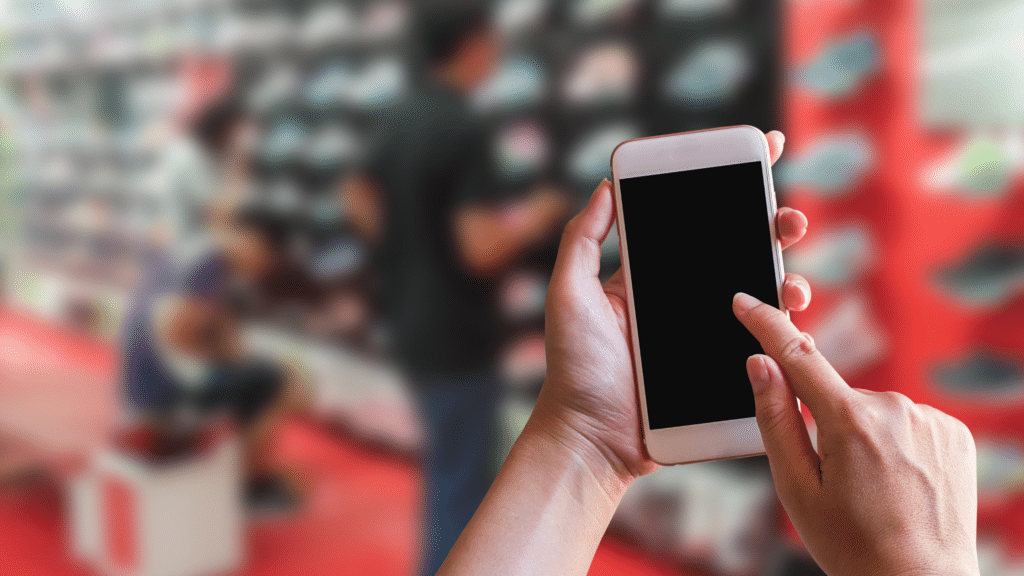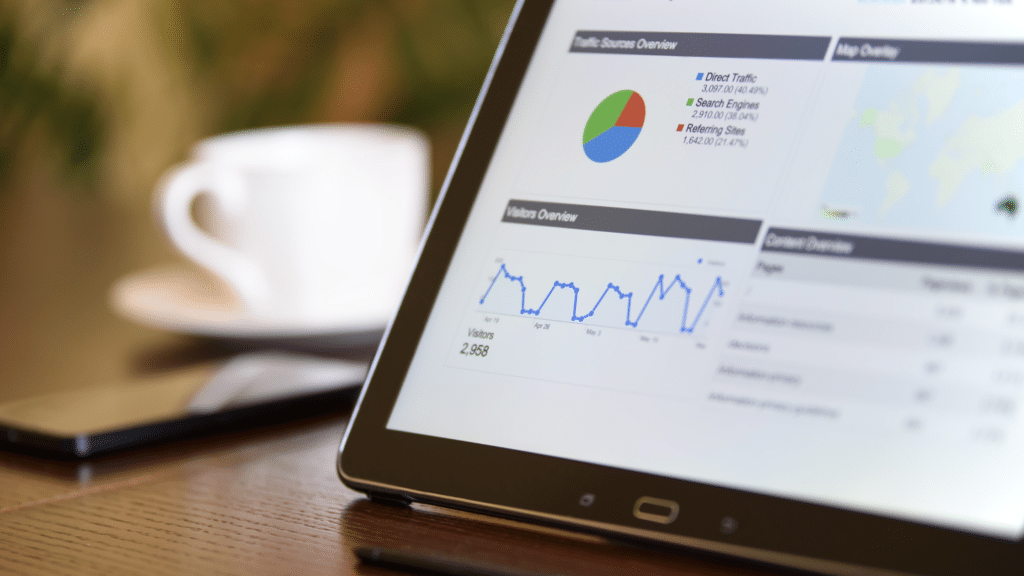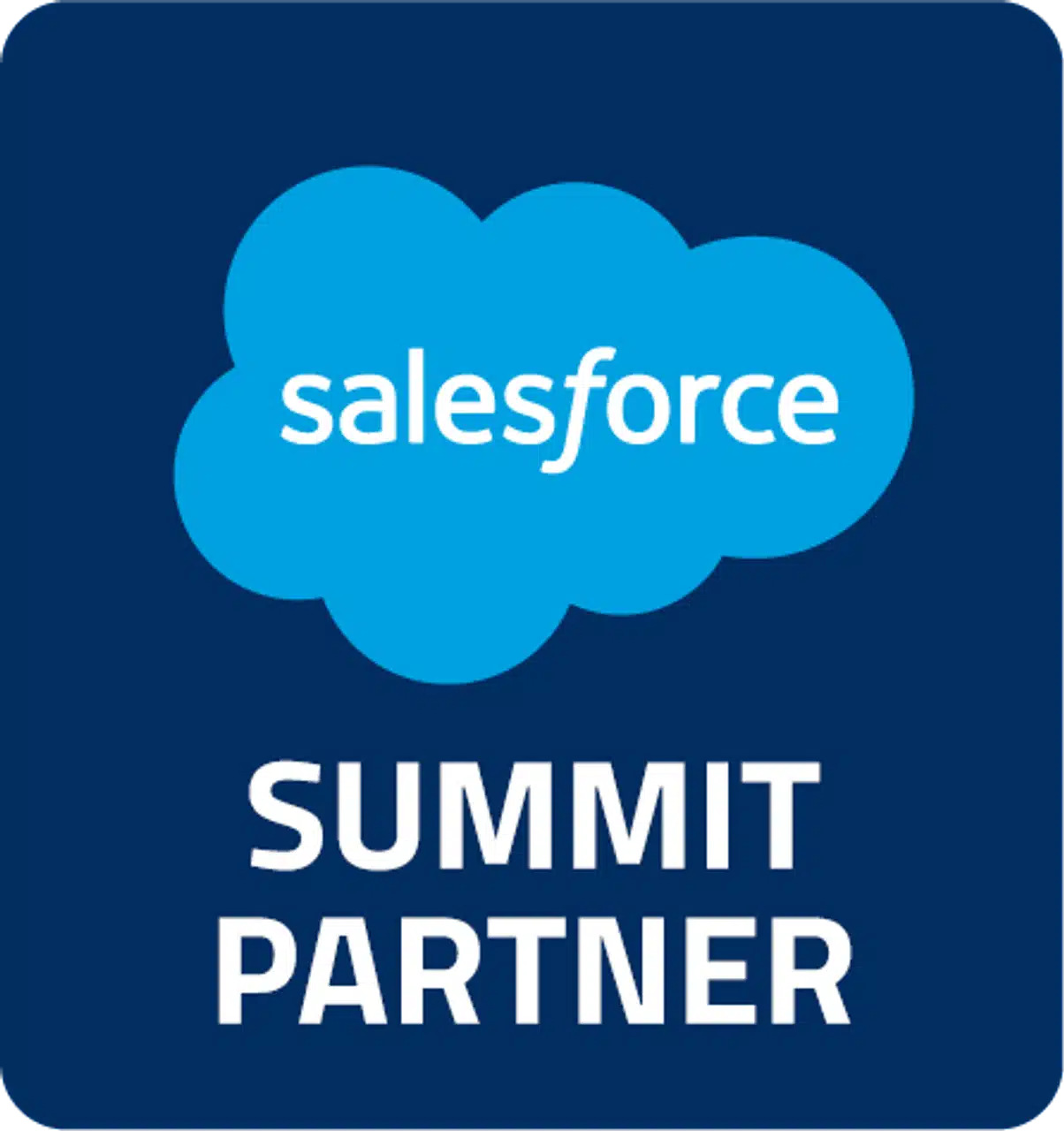“The FMCG industry is in flux as the lines between offline and online models are blurred. The brands that win will be those that plan and innovate for tomorrow, not those who are catching up to today.”
– Steven Paul, Founder & CEO
As our founder & CEO Steven Paul rightly points out, the current climate in the FMCG industry is one of immense change. As consumers demand greater convenience, flexibility and adaptability from brands and retailers, the pressure is mounting for brands to ensure their customers can browse and complete a purchase from anywhere, at any time, and receive it almost instantly (thanks, Amazon!). An increase in the adoption of omnichannel solutions, combined with innovations in technology and customer experience, has made it a more competitive industry than ever before.
To help you get ahead in the dog-eat-dog world of FMCG, we asked the consumer goods experts from #TeamTrigg for their top tips on boosting your business. Here’s what they said…

- Omni-Channel Orchestration
Whilst online shopping continues to rise as expected, there is currently an upwards trend for shopping in brick-and-mortar stores, too! In other words, while almost every consumer is now doing at least part of their shopping online, they are actually making 60% of their total purchases in-store. Because they’re getting used to switching from online to offline shopping and back again, customers expect to be able to move seamlessly between the two experiences. Brands that can facilitate these transitions, allowing customers to shop in a truly omnichannel manner, will succeed best in keeping these customers satisfied. A seamless customer experience across all channels – both online and offline – is key to omnichannel success. Don’t just take our word for it either, as recent studies have shown that omnichannel engagement makes 89% of consumers return to a certain brand or retailer over time.
But what does this actually mean?
Well, it means highly relevant, timely and personalised real-time marketing, with the ability to target and/or incentivise consumers in store, when walking past the store, and online. It also means providing excellent customer service which enables the consumer to quickly switch from online to offline with the ability to “pick up where they left off”.
For example, if a consumer views a product in-store and then leaves the store, the brand might send a push notification on their smartphone app to incentivise the consumer that evening, perhaps offering them a personalised discount on that specific product. The consumer could complete the purchase on their smartphone from the comfort of their own home, with free, fast home delivery or in-store pick-up the very next day.
So, how is this achieved?
A single 360-degree view of your customer data is critical to your omnichannel success. The two experiences (that of your brand online and offline) must be genuinely seamless, all of your customer’s touchpoints must be connected, with data collection, sharing and automation all working together to ensure a smooth ride. Loyalty programmes are a great way to do this, as demographic information about a customer and their purchase history can be collected both in-store and online and stored in one central database. This data can then be shared and leveraged to trigger automation in order to customise and integrate their personal experience with your brand.

- Personalisation and Customer Loyalty
While we’re talking about loyalty programmes, let’s talk about customer loyalty.
Unsurprisingly, today’s customers want to feel like they are valued and understood. They don’t want to be bombarded with offers and communications, particularly when they aren’t relevant to them.
The beauty of a loyalty programme is that it serves three very important functions. These are:
- Allowing your brand to show appreciation for your most loyal customers and brand advocates through discounted products, offers, promotional codes and/or giveaways.
- Accumulating data and demographic information on these customers to provide insight for your sales and marketing teams.
- Collecting information about a customer (e.g. their age, gender and location) that can then be used to tailor your communications towards them.
And it works, too. Studies have shown that personalization can reduce customer acquisition costs by up to 50%, while increasing marketing spend efficiency by up to 30%. Not a statistic that many businesses can afford to ignore!
The best part? This information can then be used to create “lookalike” audiences which can then be targeted through advertising on social media and elsewhere to engage new customers and increase your market share.
If you’re thinking “this doesn’t apply to me, I am not a retailer!”, think again.
You don’t necessarily have to rely entirely on your own loyalty data to make customer loyalty and personalisation work for your business. For example, if your brand sells tea in all major supermarkets, you could consider partnering with one or all of these supermarkets to provide a special offer or free gift with purchase to customers who regularly purchase your product. You may also consider using their database to advertise a new blend to those who have previously purchased a similar product from a competitor, or one of your existing blends.
Magic, isn’t it?

- Data-Driven Decision Making
Have you ever watched someone say or do something without thinking and thought “why did they do that?!”
Well, that’s a bit like making business decisions without data.
Without simple, accessible, 360-degree, actionable insights into your customer and product offering, it is incredibly difficult for your team to work out how best to market/sell your products and look after your customers. Any decisions made without this information are, quite honestly, just random stabs in the dark.
With this in mind, you might be surprised to hear that many businesses still don’t bother to consult customer data when making key decisions around communications, operations and product development. This is usually because their data is siloed, making it difficult to report on and/or integrate with other business functions.
Our advice? Get yourself a simple, connected CRM platform (like Salesforce) that hosts your customer services activity, loyalty programme, sales data (ie. eCommerce, POS), marketing, communications and supply chain activity all under one roof. That way, you can ensure data collected from all areas of your business is fed directly into the functions where those key decisions are being made. You can quickly pull out reports based on customer feedback and/or sales and marketing activity and use these learnings to inform your next moves. For example, if customers are consistently complaining that your packaging is faulty or not fit for purpose, you can seek to rectify the problem with your packaging team and then send out personalised communications to those concerned to let them know that the issue has been resolved, showing that you listened to them and took action based on their feedback. After all, who doesn’t want to feel that they have the power to influence their favourite products? It’s a pretty good feeling and one that will likely create loyal advocates for your brand.

- Digitally Empowered Workforces
A combination of two of our previous points, a ‘digitally empowered workforce’ is a workforce that is armed with the data it needs to provide a more personalised service to its customers. This is generally enabled by cloud storage, real-time collaboration tools like Slack, and powerful CRM integration (where the consumer is at the heart of the business’ operations).
When company data lives in the cloud, relevant employees can access, store, and share it anywhere, anytime, and from any device. Meanwhile, CRM integration ensures all data pertaining to a particular customer can be found in one place. So, whether it is an in-store employee, a customer services representative, or your email marketing manager, every member of your team is armed with all the information they need to improve your customer’s experience.
A quick tip on this one: if you are using cloud storage to increase access to your employee’s access to customer data, it is vital that you have appropriate security in place to secure it. The last thing you want is to be handling a data leak related PR crisis in 6 months’ time!

- Sustainability At The Core
It won’t come as much of a surprise to you that consumers are beginning to care more about sustainability than ever before. Over the last 12 months, 34% of UK consumers say that they have chosen brands specifically for their environmentally sustainable practices and 61% said they have begun limiting the use of single-use plastic. And, when looking for relatively quick and easy changes that can reduce their individual carbon footprint, where do you think customers look first? That’s right, the products they use most often. This tendency to seek “small lifestyle changes” that can save the environment has meant that the food, drinks and FMCG industries have been impacted most by the trend towards sustainability.
And it isn’t just the environment that consumers are concerned about. 30% of UK customers said they have begun actively choosing brands that have ethical practices and values over those that don’t, and 28% said that they have stopped purchasing certain brands or products because they were concerned about their ethics and/or sustainability. Plus, the modern consumer can tell when you’re all bark and no bite. They know to look for sustainability certifications, or how to tell if your packaging is not biodegradable or eco-friendly, so there’s no point opting for a greenwash. If you want to keep up with the demands of your consumers, your brand needs to put ethics and sustainability at the very core of its operations.
Salesforce Net Zero Cloud could help you do just that – with unparalleled data integration, simple sustainability reports and actionable insights, it’s easy to see why this sustainability management platform has already been picked up by so many of the world’s leading brands.
–
Looking to implement a better CRM and/or sustainability solution for your FMCG business, but not sure where to start? Perhaps you aren’t sure which solution is best for you, or you know what you want but want to make sure it’s implemented properly?
You’ve come to the right place. Our consumer goods team is packed full of experience designing, implementing, analysing and improving CRM solutions for businesses just like yours.
Get in touch on +44 203 239 8492 or at hello@triggdigital.com to find out how we can help.
- Team Trigg At Dev Ops Dreamin’ - September 16, 2022
- These Retailers Are Creating A Whole New Revenue Stream (And You Can Do It, Too) - August 5, 2022
- How To Make Display Ads That Get Clicks (And Don’t Bounce!) - July 20, 2022



